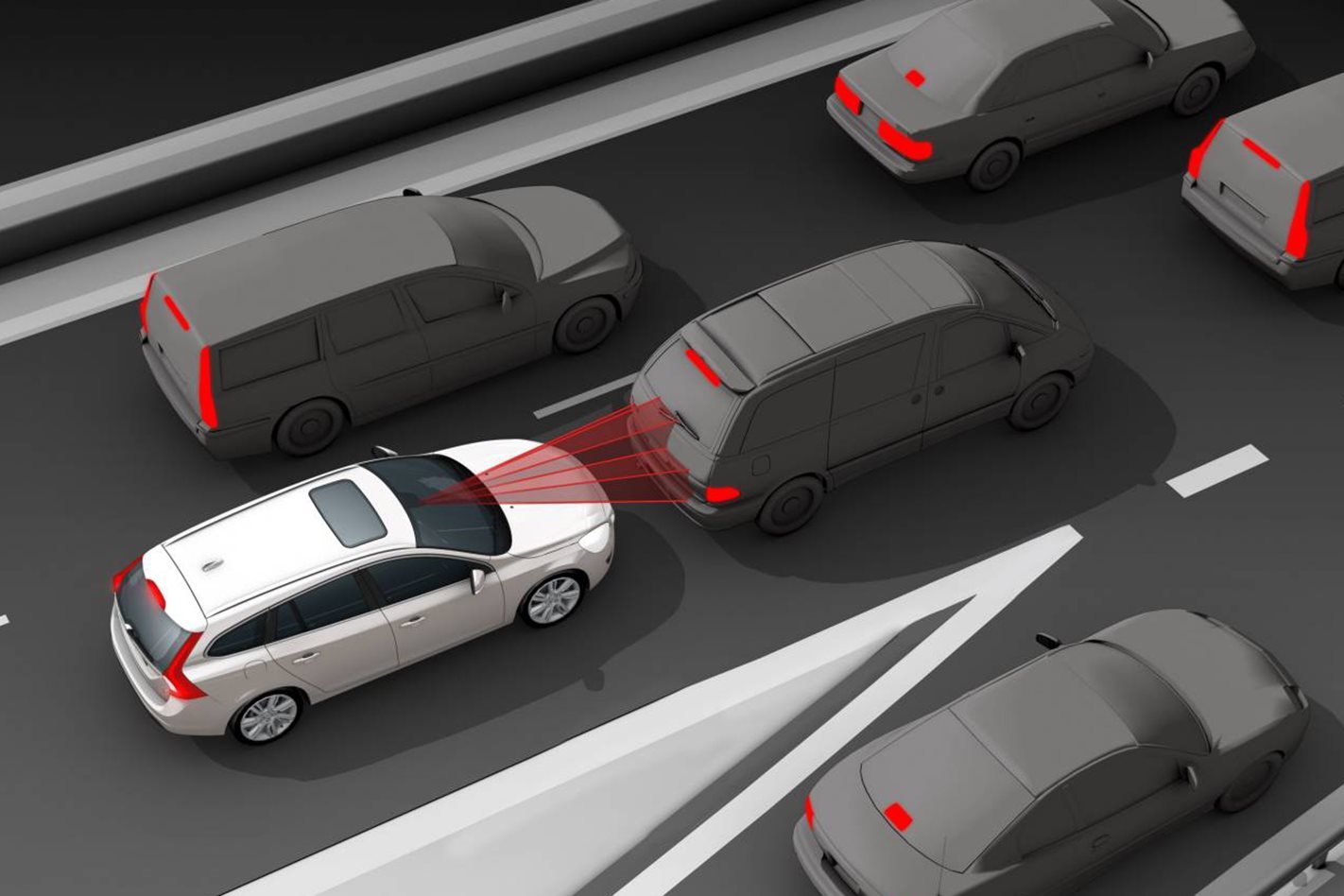
Some of the most important features in new cars are those relating to safety and in an ideal world, everyone would be driving around equipped with as much safety tech as possible.
Unfortunately though, sometimes a new car with all the bells and whistles isn’t on the cards for many Australians.
You might be surprised, then, to hear that a lot of safety tech can be retrofitted to older cars.
With this kind of safety technology on the market, you may be able to extend the life of your car for a few years, at a time when money is tight.
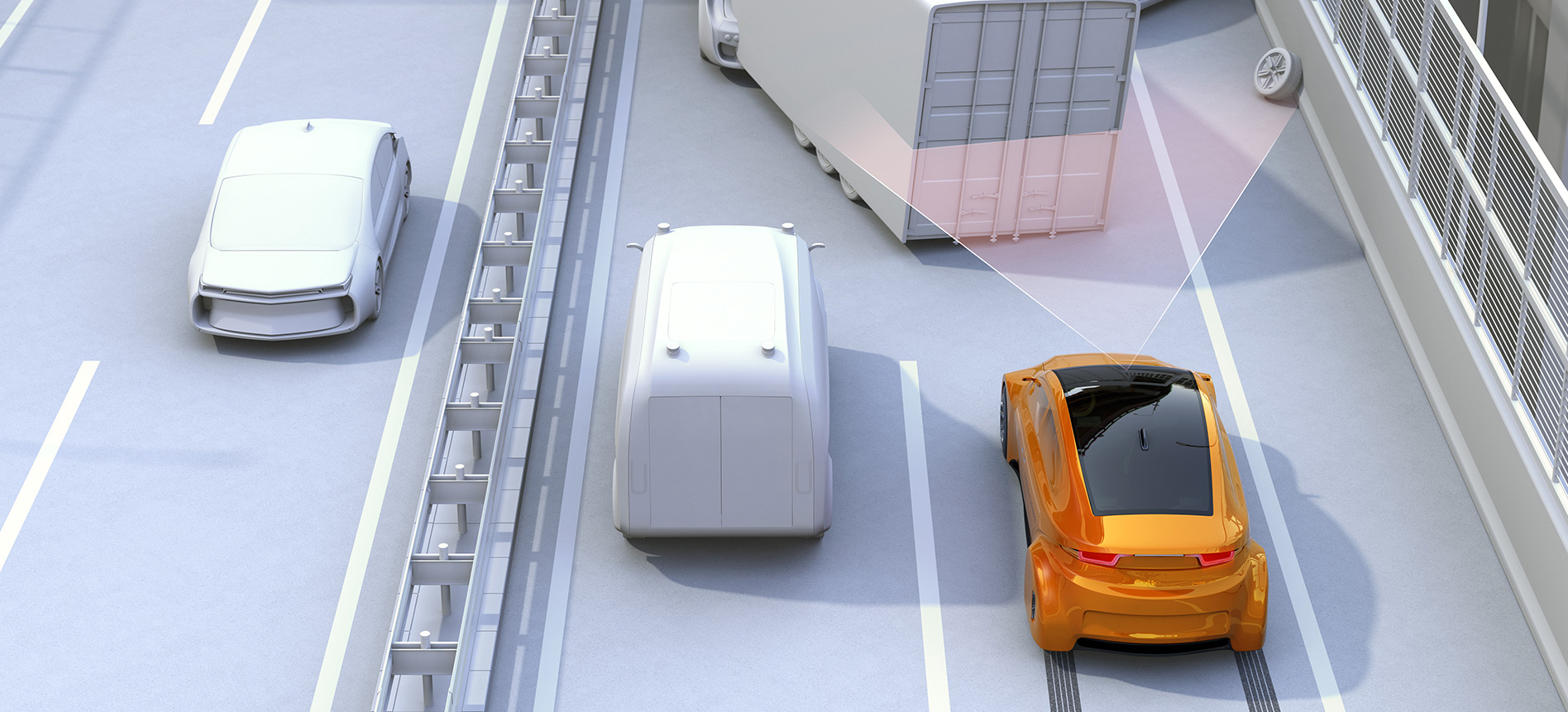
With that in mind, here are some of the cost-effective ways to make your car that little bit safer out on the road.
Reverse camera and parking sensors
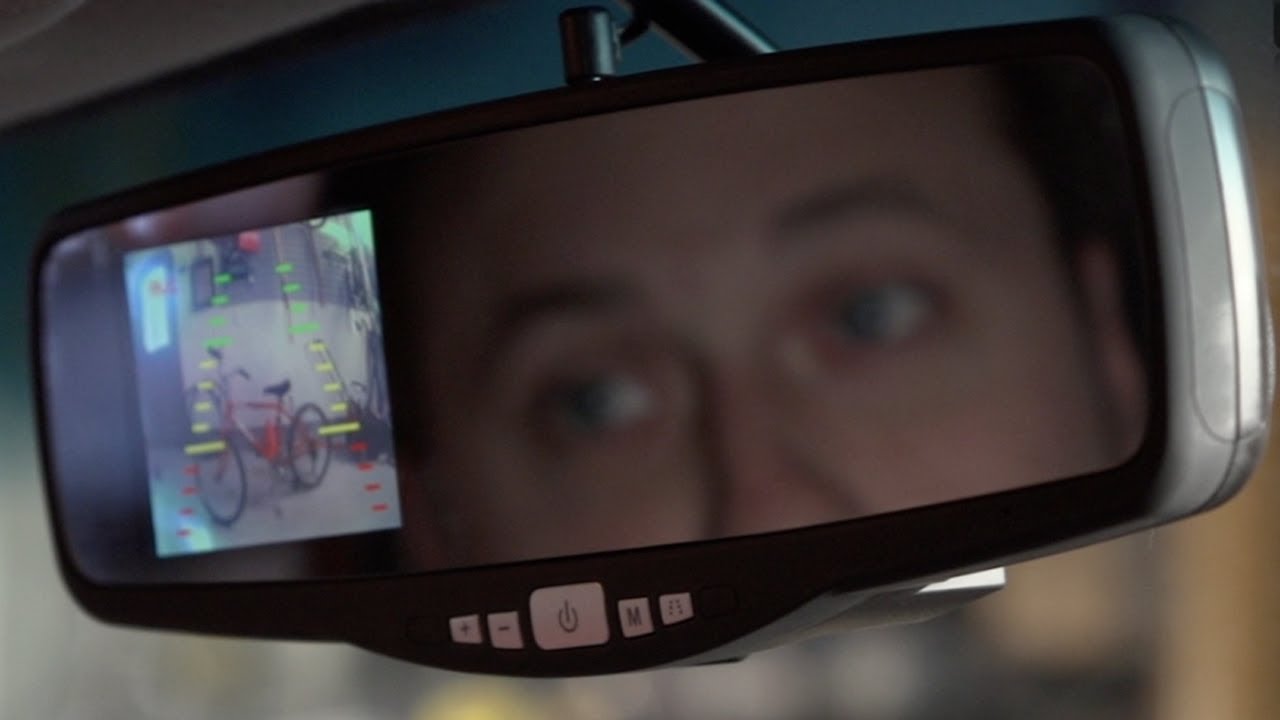
Perhaps an obvious one that has been around for some time, but there are plenty of manufacturers offering good product when it comes to aftermarket safety cameras.
The most integrated solution is to have the display show up within your car’s current rear-view mirror, but mini displays are available, too.
There is the option to pair the camera with a set of parking sensors as well, which can be cleanly integrated into a car’s front and rear bumpers. Big auto parts retailers sell this equipment for between $100-$200.
Blind spot monitor
Blind-spot monitors detect whether a car is sitting in your, well, blind spot, which is the area not covered by your side mirrors.
Often fitted to new cars as part of safety packages, the device is now available for aftermarket fitment to existing cars.
Australian manufacturer Mongoose sells a system, for example, that beeps and flashes a light on the mirror whenever you try and merge into a car sitting in your blind spot, and there are several other brands that perform the same duty for roughly $150.
Head up display
The best way to avoid crashes is to never take your eyes off the road. Head-up displays make checking your speed a breeze by displaying it up on the windscreen.
Systems like this GPS based unit from Polaris GPS are even able to warn you if coming up to a speed camera, thanks to GPS connectivity.
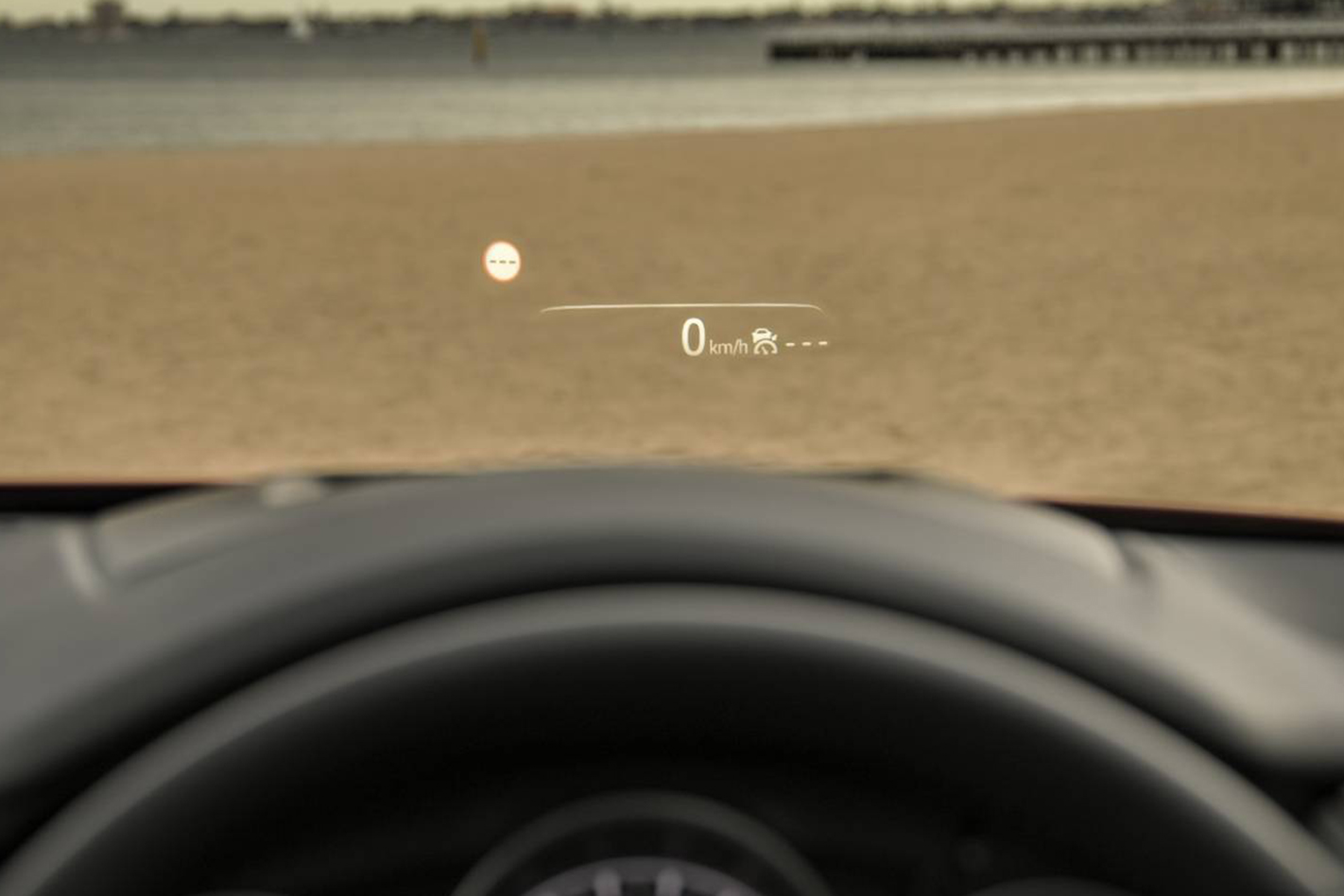
Lane departure warning
Lane departure warnings use a camera to alert you to when you’re absentmindedly veering out of a lane. Not fitted to your car? Luckily, some dash-cam manufacturers are repurposing their camera tech to provide an aftermarket solution.
Navman’s primary goal for its dash-camera recorders is to witness and record crash instances, but units like its MiVUE860 are able to provide lane departure, forward collision and headlight-on alerts, too.
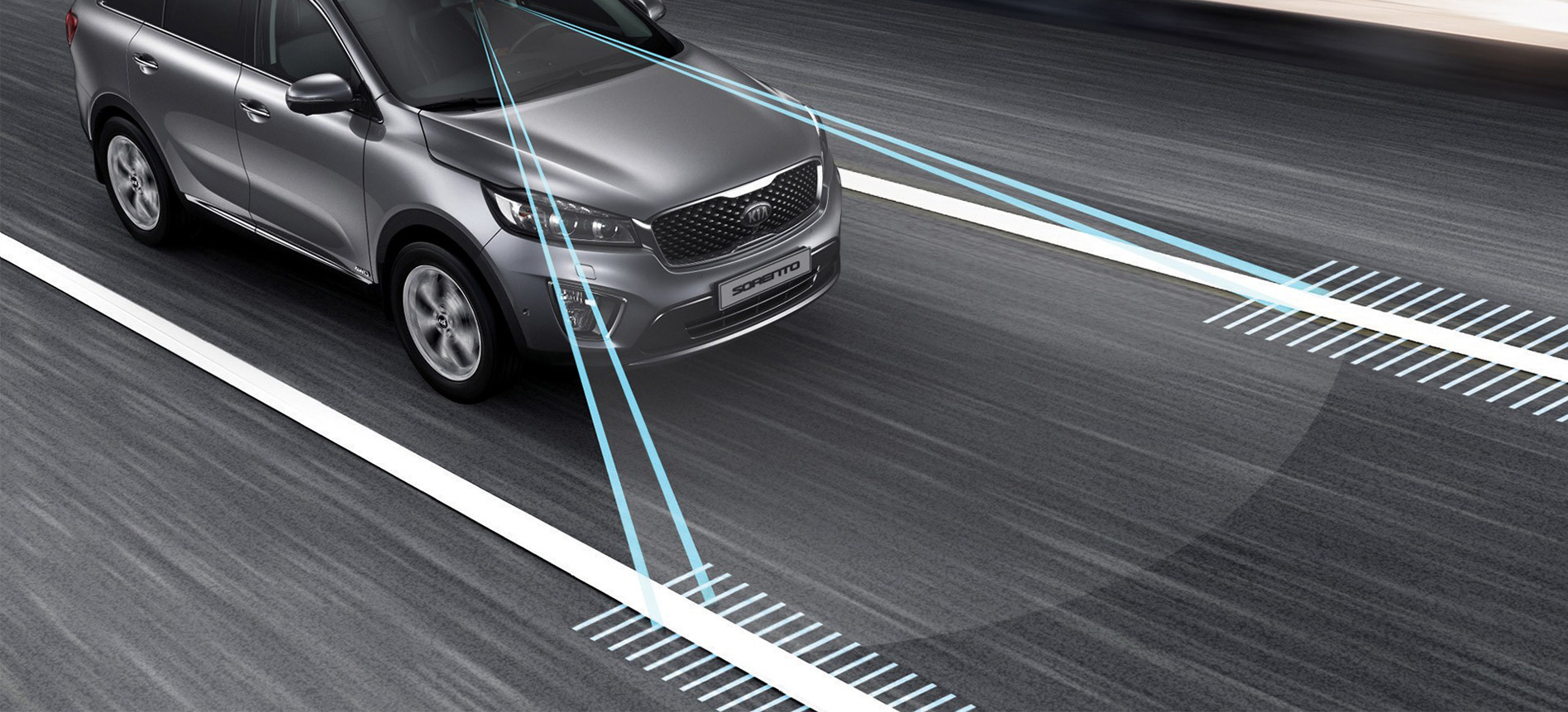
Fatigue monitor
Fatigue monitors are only just becoming more commonplace now in new cars such as the Subaru Forester. The technology does exist in the aftermarket world, but is mainly marketed to fleet operators looking to keep on top of their drivers’ drowsiness levels.
We may have to wait a little longer for a more publicly-available iteration in the aftermarket space.
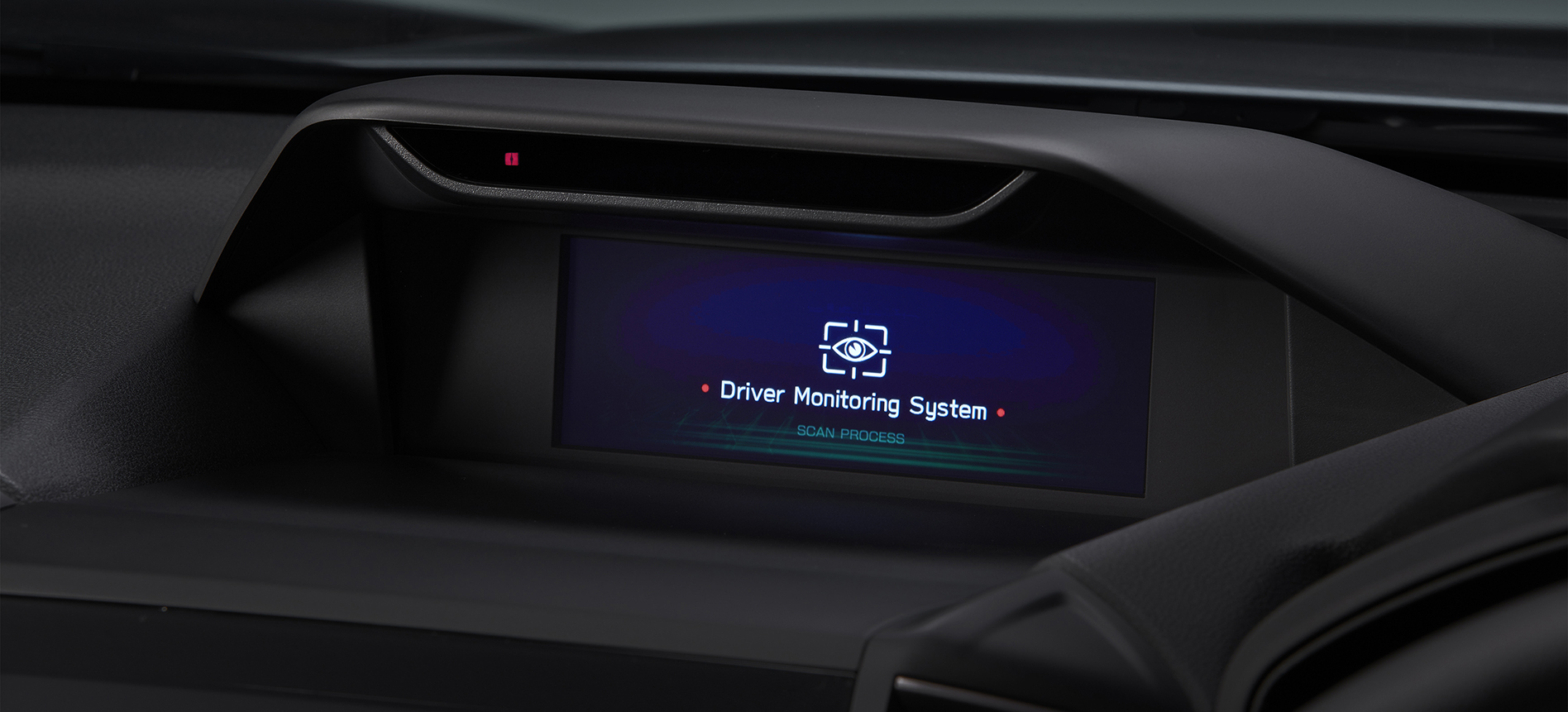
While none of these systems can provide active safety measures quite like their manufacturer-integrated counterparts, they do reach that extra step that could mean the difference between an accident and a near-miss.



